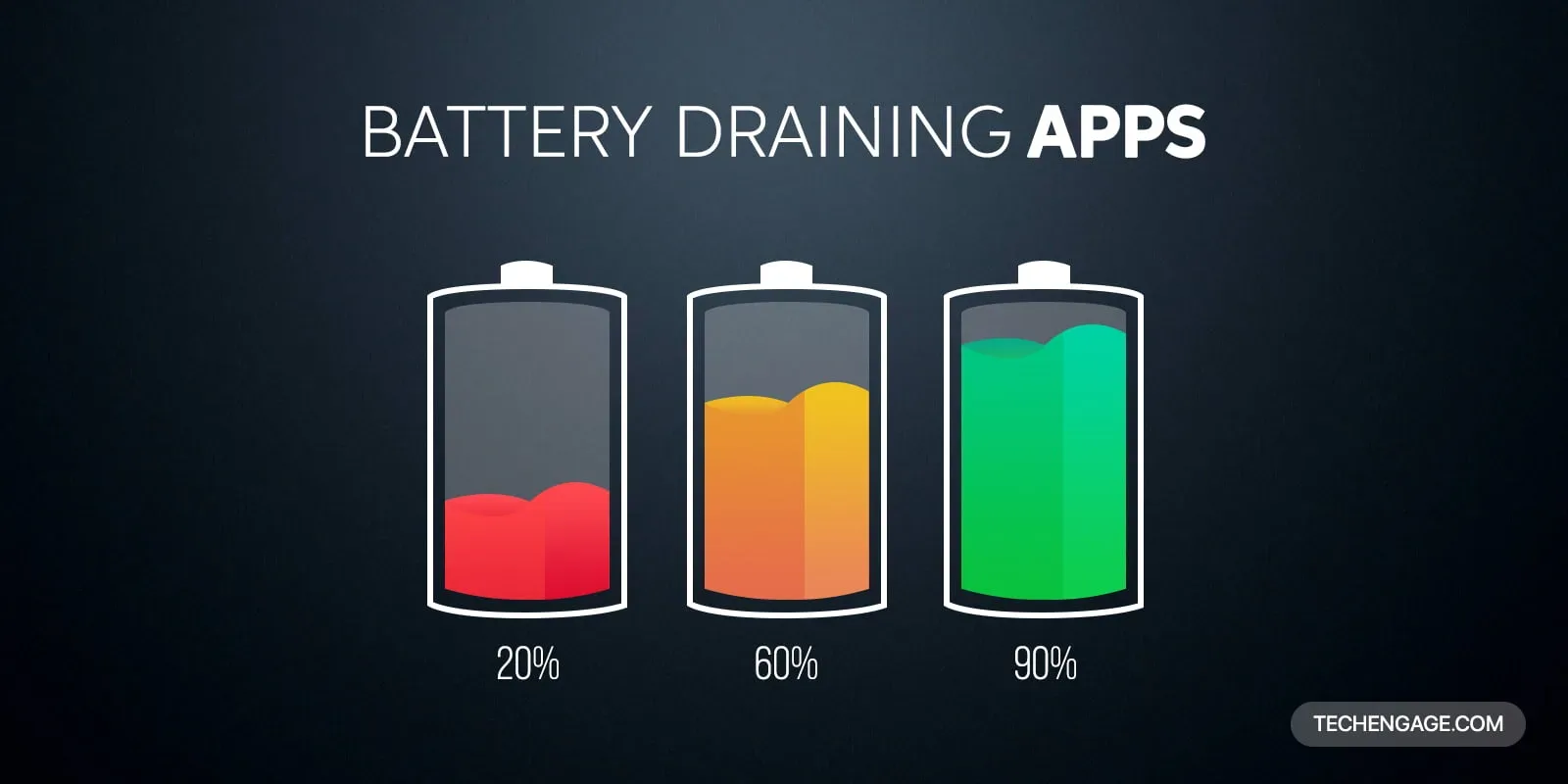Do you develop application programming interfaces (APIs) for a living or just as a hobby? Whichever the case, it’s important that you subject your project to rigorous testing before releasing it to the public. This is because only repeated and thorough rounds of testing ensure that your API works as you’ve coded it.
Testing also assists you in identifying bugs and security flaws that you might miss, even with a thorough quality check of the code. These benefits and more can be a major contributing factor to your ability to put out a reliable product. Because of this, testing should always be a high priority for you, as well as choosing a comprehensive API testing tool like that on Stoplight with which to perform those tests.
With this in mind, there are two specific types of API testing that are proving to be a hot topic of debate within the developing global community. These types are contract-based tests and end-to-end tests, and the debates center on whether one or the other is better for APIs. In this article, we’ll delve deeper into this subject and examine the arguments for both, while doing our best to provide you with an answer to this dilemma. But first, let’s briefly explain what these two tests are.
What is Contract-based Testing?
Contract-based testing is a testing type that checks the contract agreement between a consumer endpoint and an API provider endpoint. Simply put, it tests if the API can facilitate the expected connection between the system providing the API and the system interacting with or “consuming” the API. This type of test also checks if that connection works as designed.
An example of this would be when a user interacts with an online shopping website and tries out its search product function. The API behind that search product function should be able to facilitate the interaction between the user and the website’s database of products and deliver the desired response in the format that the user expects. This facilitation of communication and delivery of responses is what contract-based testing checks, as well as whether both endpoints are active.
What is End-to-end Testing?
End-to-end testing, however, is a full systems test. It checks not only the API and the service it provides but also the entire application implementing it—from the beginning of the user workflow to the very end. Performing an end-to-end test naturally allows you to see every workflow chain involving the application and its APIs. As such, you will be able to easily see if there is anything you missed in terms of flaws or coding issues.
What are the arguments for and against both?
Both contract-based testing and end-to-end testing have their place in the API testing toolbox. While it can be argued that contract-based testing only scratches the surface of an API’s functionality, it is a less time-intensive check than end-to-end testing. This means that contract-based testing can give you a way to quickly see if your API’s basic functionality is working without having to meticulously go down and check every interaction path—i.e., a smoke test.
As for end-to-end testing, while it may seem to be the superior option due to it involving the API and nearly everything around it, it doesn’t change the fact that it still takes an inordinate amount of time to do so.
Which is better for your API?
The answer is clear: both of them are better for your API rather than just one or the other. Contract-based testing can help you find the huge and glaring flaws in your code that effectively stops your API cold, while end-to-end testing allows you to sniff out the bugs and flaws that are too complicated or too minute to see through casual code checking and QA. They may vary in terms of scope and the time it takes for them to run, but their end goal is the same. Effectively utilizing both tests according to your situation will result in a more agile and robust developing process.
Our recommendation, then, is that you should work on implementing both styles in your testing process. Use contract-based testing first as a baseline and, when you believe that there is a need to dive down into your code to hunt for elusive bugs and errors, enlist the help of end-to-end testing. By adopting this practice and avoiding unnecessary overlap between the two in your API testing, you will end up with a more reliable and issue-free product for public release.



